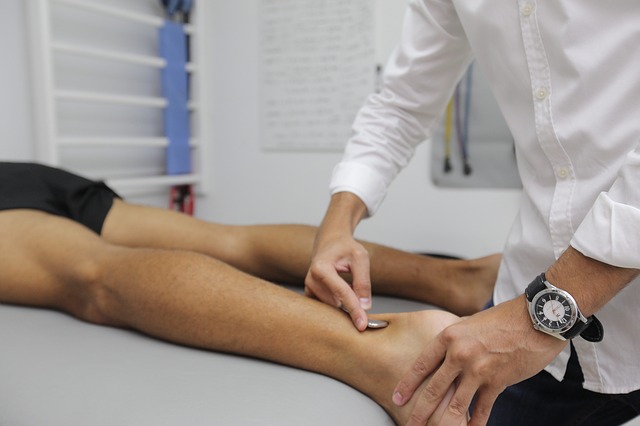Physical Therapists, Chiropractors, Massage Therapists – What’s the Difference?
There are many misconceptions regarding the similarities and differences between physical therapy, chiropractors and massage therapy. Patients often believe they are the same thing. In fact, the three professions have very different theories regarding the preferred method of treatment, the benefits of each treatment, and the level of education required to work in the profession.
Massage Therapy
Massage therapy is often seen in a spa or a wellness center for the purpose of relaxation. However, massage can also be used for rehabilitation purposes in medical offices in conjunction with chiropractic and/or physical therapy. To become a Licensed Massage Therapist (LMT), one must pass the National Licensing Exam (MBLEx) and complete a minimum of 500 hours of training from a credentialed program. LMT’s use hands-on techniques to improve motion in soft tissue (i.e. muscle, ligament, tendon). Research shows short-term benefits of massage for various musculoskeletal conditions, as well as psychological benefits. Massage can reduce anxiety, muscle tension, and symptoms of depression.
Chiropractic
A Doctor of Chiropractic (DC) requires a degree from a four-year doctoral graduate program. Typically, the treatment sessions are on a weekly basis for months to years to maintain alignment of the spine. A DC will focus on the relationship between the spine, its alignment, and your overall health. They perform high-velocity thrust spinal manipulations to restore alignment. While a massage therapist will focus on soft tissue, the chiropractor’s focus is on the bones.
Physical Therapy
By comparison, a Doctor of Physical Therapy (DPT) will evaluate the body as a whole to diagnose, treat, and prevent pain and injuries. A Doctor of Physical Therapy requires a three-year doctoral graduate program with clinical experiences. Typically, a patient will attend 1-3 sessions per week for 1-3 months, depending on the condition. A goal of physical therapy is to facilitate independence as well as education and empowerment to prevent future injury. Patients learn therapeutic exercise and skills to implement into their lives to improve work-related tasks, balance, and reduce overall pain.
The difference between physical therapy and chiropractic care is the frequency of visits, the dependency on the chiropractor for maintenance of alignment without education, as well as the high frequency of spinal manipulation as opposed to other manual techniques. Physical therapists include the hands-on soft tissue techniques used in massage therapy in addition to the bone and joint techniques used in chiropractic care. But physical therapy can also improve a person’s quality of life with tools to help them succeed in their daily activities. A physical therapists’ goal is to get you feeling better while teaching you the tools to be successful without future physical therapy appointments.
If you, or someone you know, is experiencing pain, click here to schedule a FREE assessment with AzOPT, and find out how physical therapy can help!
References:
https://www.acatoday.org/Patients/Why-Choose-Chiropractic/What-is-Chiropractic
https://nccih.nih.gov/health/chiropractic/introduction.htm
https://nccih.nih.gov/health/massage/massageintroduction.htm
https://www.nwhealth.edu/school-of-massage-therapy/massage-therapy-definition/
https://www.amtamassage.org/articles/1/News/detail/3124/25-reasons-to-get-a-massage







